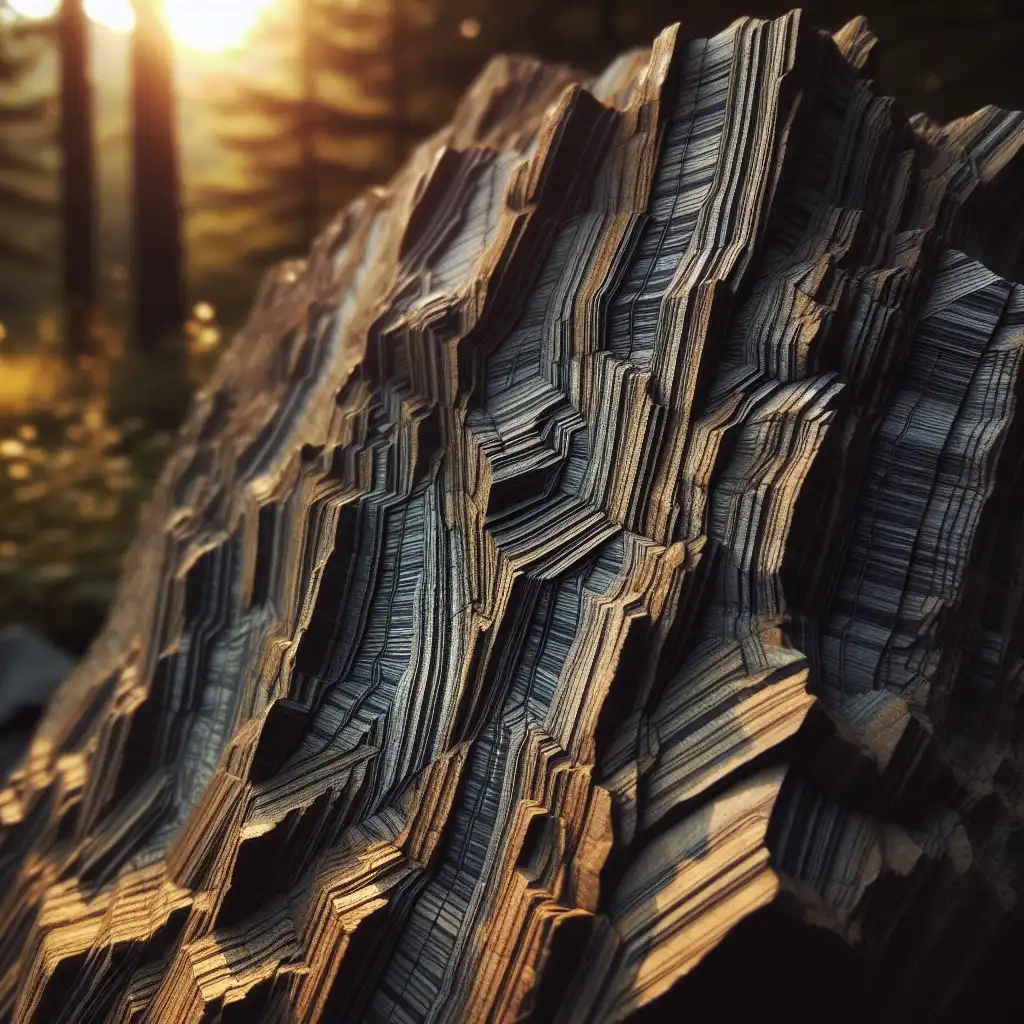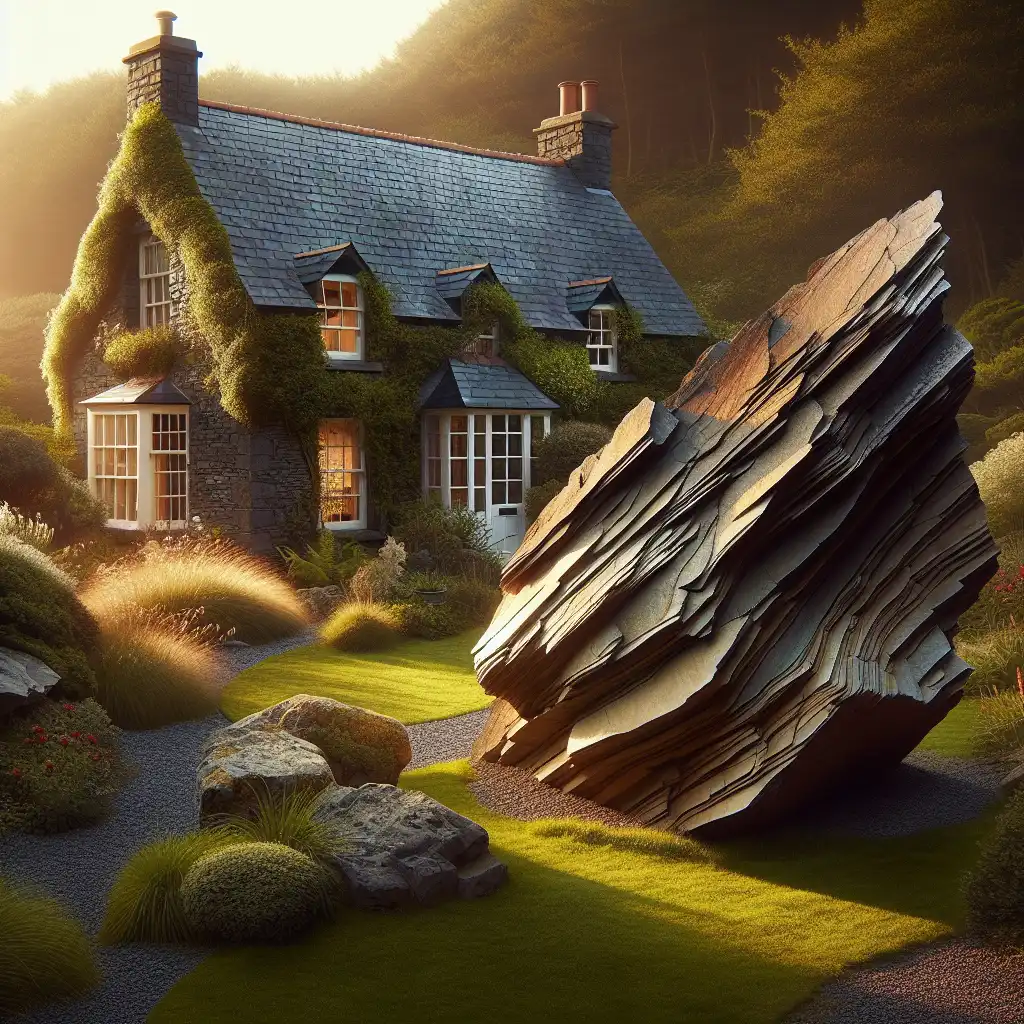
Schist
Geology Term
Schist is primarily used in geological contexts to describe rock formation.  The geologist explained that schist is created through intense heat and pressure.
The geologist explained that schist is created through intense heat and pressure.
Physical Traits
Understanding schist involves its physical trait of splitting into layers, a process known as schistosity.  The schist showed pronounced schistosity; it split into thin, flat layers.
The schist showed pronounced schistosity; it split into thin, flat layers.
Not Always Slate
Schist is often confused with slate, but they're different; slate splits into hard, thin sheets while schist is more flaky.  Unlike the slate used for the roof, the schist crumbled easily into uneven flakes.
Unlike the slate used for the roof, the schist crumbled easily into uneven flakes.